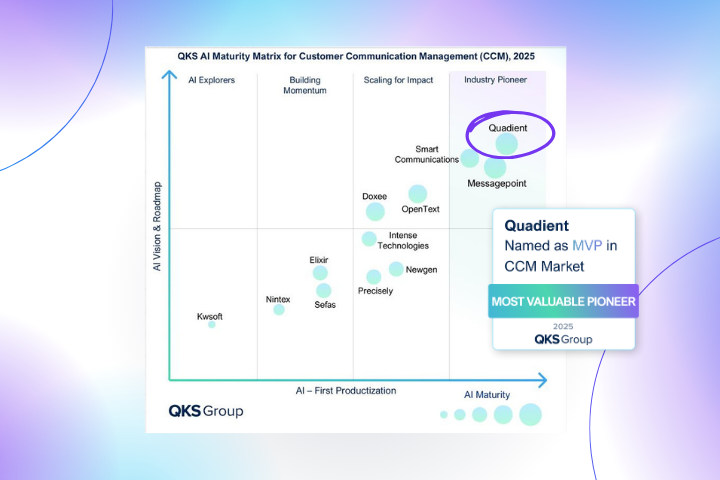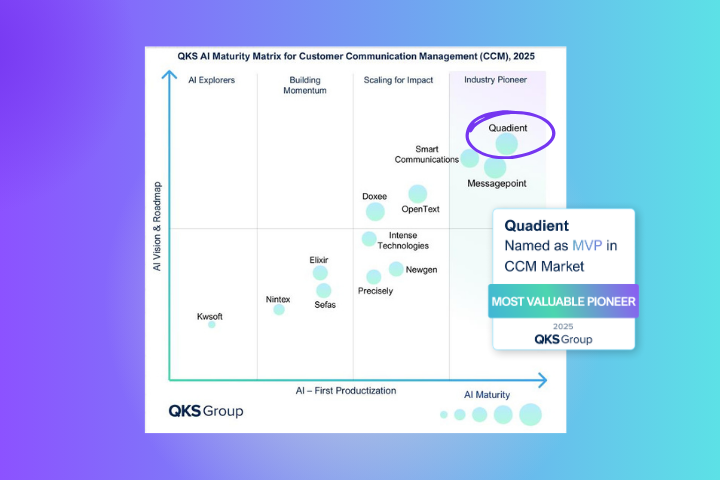
Businesses built for longevity tend to embody common characteristics. They are simultaneously forward-thinking and realistic – planning strategically while remaining flexible and prepared for a variety of scenarios. They maintain focus but recognize things won’t always go their way.
Simply put, they are resilient.
Here are six strategies to help build resiliency into your organization and prepare for possible recession.
Strategy # 1: Look for opportunities to increase sales – especially online
If you believe the old saying, “challenges are just opportunities in work clothes,” a recession might be the best time to embrace new selling strategies to compliment those you know work well. Maintaining or even increasing sales during an economic downturn requires some creativity and adaptability.
To increase revenue from new and existing customers, you’ll need a fully optimized website, built for selling. If your website is not set up for direct sales, now’s the time to upgrade. Many website builders offer plug-in storefronts, so you don’t need to hold inventory.
Additionally, make sure your website is set up to collect email addresses when visitors request a free download, sample, or some valuable information. It also helps to share relevant content in blogs and social media channels, buy inexpensive targeted ads on social media platforms, and join special interest discussion groups.
Strategy # 2: Focus on cash flow, building a reserve fund & additional financing
But what if you can’t increase sales? The pandemic taught many business leaders the importance of having cash reserves to outlast a temporary decline in demand. During a recession, cash flow remains king to help you weather similar unexpected challenges.
Update your cash flow forecast for the next 12 months and identify any months you may fall short. You should now be able to see if you need more working capital and where this money might come from, such as from business savings, access to loans, or your own capital.
Secure access to additional financing
Your updated cash flow forecast will give you a clear picture of the funds you may need in the coming year or two. Approach your bank now to see about:
- A bigger line of credit or business loan.
- Equipment leasing (or selling existing assets and leasing them back).
- Eligibility under the government-backed Canada Small Business Financing Program.
Build a reserve fund
If you have existing cash reserves or savings, you could dip into these funds to support your cash flow requirements. Consider these ways to raise extra working capital:
- Selling non-essential parts or branches of the business that are performing poorly, or that can be sliced off without impacting the greater business.
- Selling excess inventory, raw materials, or equipment.
- Refinancing against your existing assets, such as property you own.
Strategy # 3: Preserve your margins
Keeping a watchful eye on margins and profits is a good idea in the best of times. Monitoring margins and profitability is especially important in times of rising interest rates and supply costs.
As economic uncertainty grows, you can ensure resiliency in your business by monitoring things that can erode your gross profit margin such as:
- Inefficient processes that drive up costs.
- Raw material or product cost increases.
- Excessive discounting by employees.
- A loss of quality resulting in customer returns.
- Late-paying customers.
Strategy # 4: Do what you can to prevent staffing shortages
Employees are crucial to your business success. When staffing levels drop or employees don’t show up to work, it threatens your ability to serve customers and generate revenue.
The best way to prevent employee turnover is to build a culture employees love. To help make your business a great place to work, start with setting the right expectations with each employee by clearly outlining employee responsibilities, tasks, and performance targets.
With external factors potentially working against you, it’s important to know that a great company culture has less to do with perks in the break room, and more to do with opportunities for personal and career growth. One way to set employees up for success is automating low value tasks and empowering them to focus on more impactful work that can help move the business forward.
Strategy # 5: Prepare for possible supply chain issues
Having a steady flow of inventory, supplies, and service providers is crucial. Because some supply links are beyond your supplier’s control, you need to anticipate and plan for interruptions. Start by developing scenarios that could impact your business at each step of your existing supply chain.
Prioritize these from mission-critical (your business will close without supply) to important (you could survive for a time without them). Next to each, build out what you’d do to manage this risk, for example:
- Maintain contact with alternative suppliers, so if one fails you have a back-up.
- Review the viability of vulnerable product lines. In effect, consider deleting some products.
- Look to local suppliers — it might cost a little more but replacing low-cost components with a local supplier may make sense.
- Increasing the amount of inventory on hand.
Strategy # 6: Ask your advisors and colleagues for support
Reach out to your trusted advisors (such as your accountant, lawyer, banker, financial advisor, and business mentor) for input when preparing a recession strategy. They can look over your plans and make recommendations based on individual experience and expertise. Lean on your professional network during tough times for ongoing advice, support, and inspiration – and offer the same to them, as well.
One last thought: be good to yourself along the way.
It’s stressful enough running a business during good times, let alone during a recession. Commit to maintaining positive mental health by sticking to a work schedule that gives you plenty of personal time to spend with family and friends, do some exercise, get outdoors, and generally relax and recharge.
You’ll be better for it, and so will your business.









